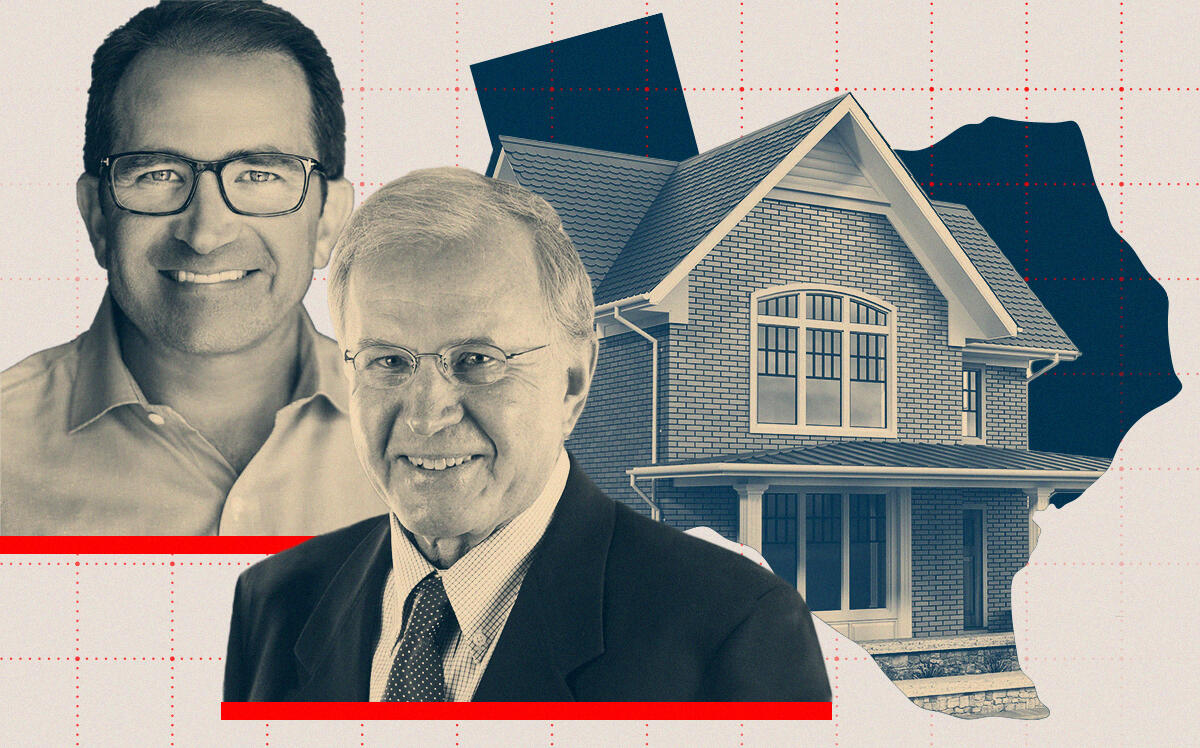 The Dallas-Fort Worth market is sending its agents into overdrive
The Dallas-Fort Worth market is sending its agents into overdrive
Trending
Texas housing inventory up, but crash still unlikely: Experts
Report from Texas A&M University shows state’s home supply remains much tighter than the national average

The Texas housing market is slowing down in the face of higher interest rates, but it remains healthier than the rest of the nation.
The state’s supply of homes for sale increased by nearly 30 percent from June to July, according to data from the Texas A&M University Real Estate Research Center, rising to 2.2 months of inventory.
Austin had the highest rate of increase, rising 33 percent, from 1.8 to 2.4 months. Houston’s inventory went up by 31 percent, from 1.6 to 2.1 months, Dallas-Fort Worth had a 27 percent rise, from 1.5 to 1.9 months.
The median home price fell $5,000 month-over-month to a statewide average of $344,000 as of July, with Austin and Dallas-Fort Worth seeing larger drops of $7,000 and $8,000, respectively. Houston’s median home price fell by only $3,000, according to the report, which pointed out that Austin’s median home price had fallen $33,000 in three months.
Since the jump in interest rates began impacting home sales, The Real Deal has reported on earlier signals that the tide was turning in the surging Texas housing market, from a doubling of inventory in Austin from May to June, to Houston home-sellers cutting prices, to plunging home sales in North Texas.
And indeed, the latest figures from the Austin Board of Realtors suggest that the market’s downward trend has continued. ABoR found that the area’s inventory of for-sale homes rose to 2.9 months in August, with the number of closed sales dropping 23 percent month-over-month, and the number of days a home takes to sell rising by 17 days.
But the realtor group was quick to counter the idea that the Texas real estate market was heading for a crash, characterizing the market shift as a “normalization” from a record high to a landscape more consistent with historical norms.
“I want to be very clear — market shift does not mean that we are in a downturn, and it doesn’t mean that Central Texas home values have been overvalued,” said Cord Shiflet, 2022 ABoR president, in a press release accompanying the August market report.
“Home prices are still appreciating, just at a more reasonable rate, that’s more in-line with what we have seen historically,” he said.
And Texas does appear to be normalizing at a smoother rate than other markets around the country.
According to the National Association of Realtors, the national inventory of unsold existing homes is at 3.3 months of supply — above even Austin’s 2.9 months of slack.
Texas builders are already adapting to the slackening demand to mitigate a rapid accumulation of overhanging inventory. Single-family construction permits sank 16 percent month over month in July, according to the Texas A&M report, the largest monthly decrease since April 2020, when pandemic lockdown shut down worksites.
Across several Texas markets, particularly in North Texas, this trend was signaled earlier by a decline in building permits compared to last year.
So the trend of increasing inventory in Austin and other areas would have a long way to go before the Texas market even normalizes, much less slumps, according to Mark Sprague, state director of information capital at Austin-based Independence Title.
“Austin, along with the other Texas metropolitan areas, may continue to feel the effects of the previously unsustainable housing market due to the lack of inventory,” he said. “We are just now getting up to three months of housing inventory, which is still short of the 6 to 6.5 months of inventory needed to be considered a healthy market.”
Read more
 The Dallas-Fort Worth market is sending its agents into overdrive
The Dallas-Fort Worth market is sending its agents into overdrive
 Houston’s hot housing market may finally be cooling
Houston’s hot housing market may finally be cooling




